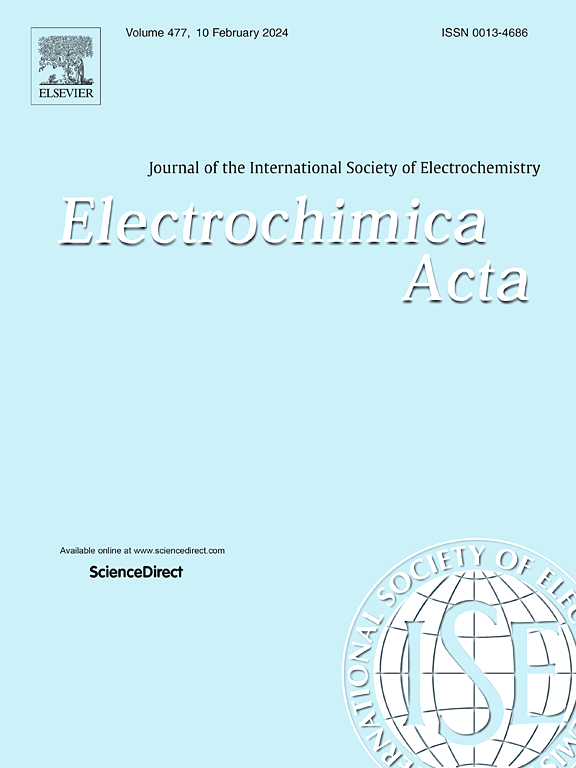Eco-friendly solvent alternative to N-methyl-2-pyrrolidone in lithium-ion battery electrode safe manufacturing
IF 5.5
3区 材料科学
Q1 ELECTROCHEMISTRY
引用次数: 0
Abstract
Over the past decade, the rapid growth in lithium-ion battery (LIB) production has been driven by the rising demand for portable electronic devices, electric vehicles, and stationary energy storage systems. However, the widespread use of N-methyl-2-pyrrolidone (NMP) as a solvent in LIB electrode manufacturing poses significant environmental and health concerns. NMP is classified as a reproductive toxicant and is known to cause severe irritation and health risks during the manufacturing process. Accordingly, this study investigates the potential of gamma-valerolactone (GVL), an eco-friendly solvent, and dimethyl sulfoxide (DMSO), a relatively environmentally friendly solvent, as alternatives for NMP in LIB electrode manufacturing. The electrochemical performances of LiFePO4 cathodes and electrode surfaces were compared and evaluated using NMP-, GVL-, and DMSO-based solvents through field emission scanning electron microscopy (FE-SEM), thermogravimetric analysis (TGA), differential thermogravimetric analysis (DTG), X-ray photoelectron spectroscopy (XPS), and solid-state nuclear magnetic resonance (solid-NMR). The analysis revealed that GVL- and DMSO-based electrodes exhibited performance levels comparable to NMP, confirming their feasibility as alternative solvents in the electrode fabrication process. These findings suggest that GVL and DMSO have the potential for real-world application in the LIB industry, thus contributing to sustainable battery production.
n -甲基-2-吡咯烷酮在锂离子电池电极安全制造中的环保溶剂替代品
过去十年间,便携式电子设备、电动汽车和固定储能系统的需求不断增长,推动了锂离子电池(LIB)产量的快速增长。然而,N-甲基-2-吡咯烷酮(NMP)作为溶剂在锂离子电池电极生产中的广泛使用带来了严重的环境和健康问题。NMP 被归类为生殖毒性物质,在制造过程中会造成严重的刺激和健康风险。因此,本研究调查了γ-戊内酯(GVL)(一种环保溶剂)和二甲基亚砜(DMSO)(一种相对环保的溶剂)在锂离子电池电极制造中作为 NMP 替代品的潜力。通过场发射扫描电子显微镜 (FE-SEM)、热重分析 (TGA)、差热分析 (DTG)、X 射线光电子能谱 (XPS) 和固态核磁共振 (solid-NMR),对使用 NMP、GVL 和 DMSO 溶剂的磷酸铁锂阴极和电极表面的电化学性能进行了比较和评估。分析表明,基于 GVL 和 DMSO 的电极表现出与 NMP 相当的性能水平,证实了它们在电极制造过程中作为替代溶剂的可行性。这些研究结果表明,GVL 和 DMSO 具有在锂离子电池工业中实际应用的潜力,从而有助于可持续电池生产。
本文章由计算机程序翻译,如有差异,请以英文原文为准。
求助全文
约1分钟内获得全文
求助全文
来源期刊

Electrochimica Acta
工程技术-电化学
CiteScore
11.30
自引率
6.10%
发文量
1634
审稿时长
41 days
期刊介绍:
Electrochimica Acta is an international journal. It is intended for the publication of both original work and reviews in the field of electrochemistry. Electrochemistry should be interpreted to mean any of the research fields covered by the Divisions of the International Society of Electrochemistry listed below, as well as emerging scientific domains covered by ISE New Topics Committee.
 求助内容:
求助内容: 应助结果提醒方式:
应助结果提醒方式:


